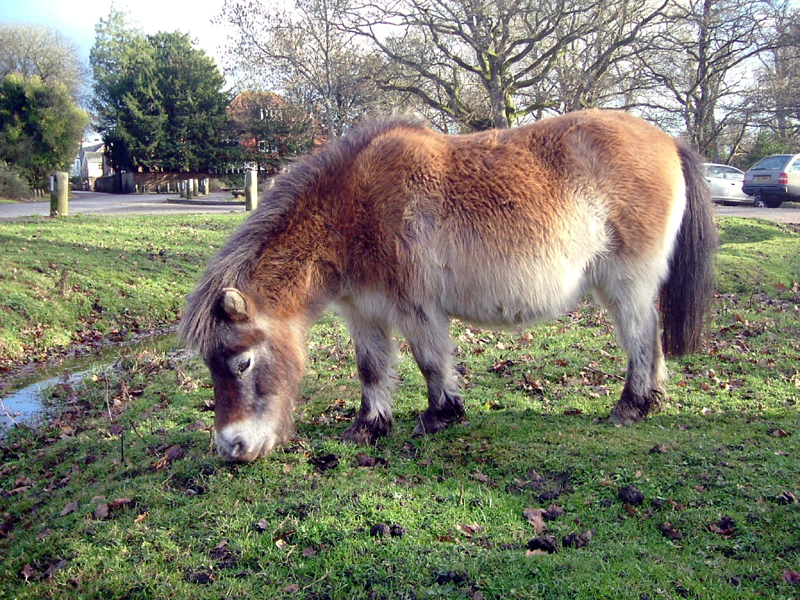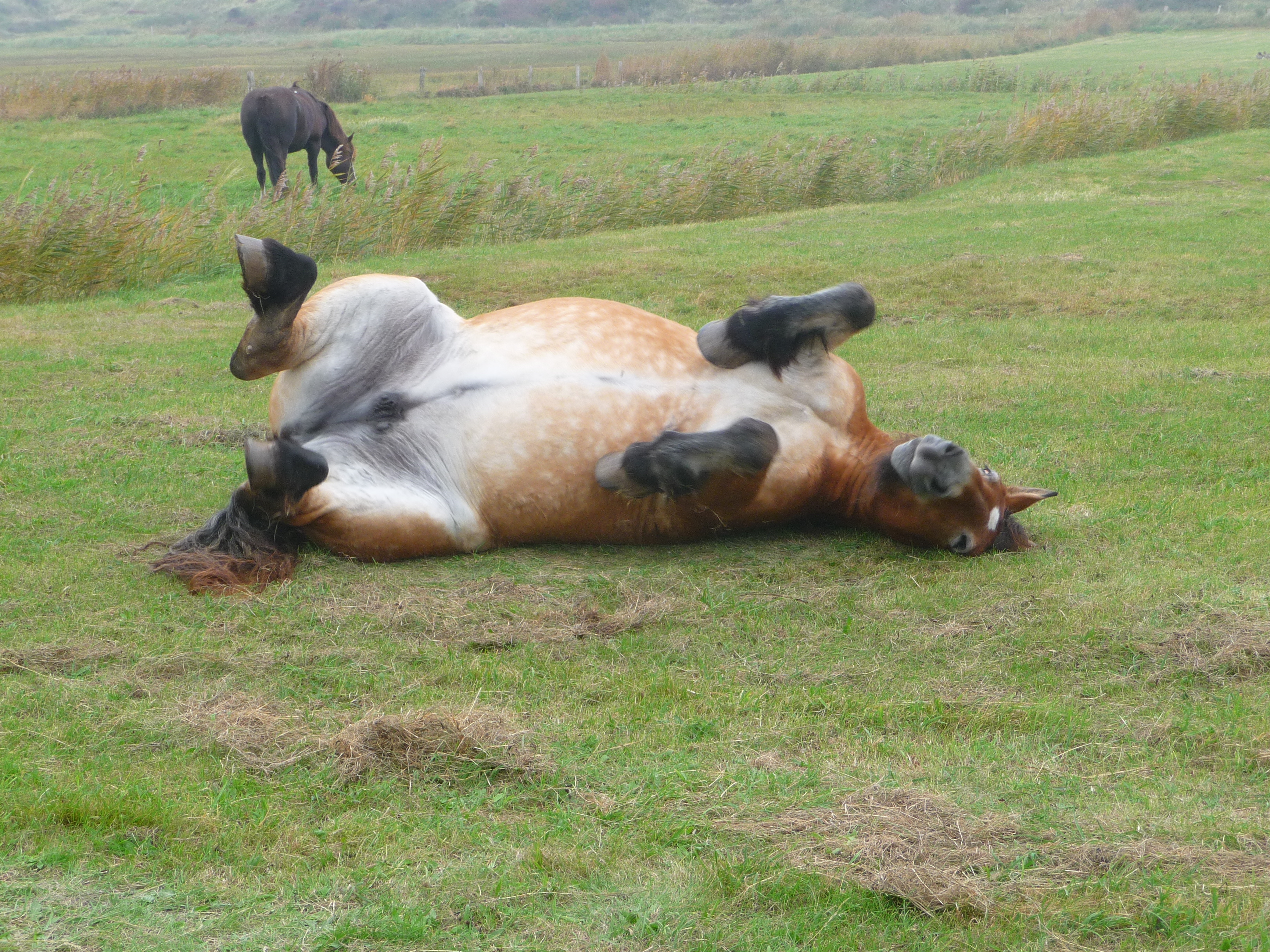Pangaré on:
[Wikipedia]
[Google]
[Amazon]


 Pangaré is a coat trait found in some
Pangaré is a coat trait found in some

horse
The horse (''Equus ferus caballus'') is a domesticated, one-toed, hoofed mammal. It belongs to the taxonomic family Equidae and is one of two extant subspecies of ''Equus ferus''. The horse has evolved over the past 45 to 55 million y ...
s that features pale hair around the eyes and muzzle and underside of the body. These pale areas can extend up to the flanks, throat and chest, behind the elbows, in front of the stifle
The stifle joint (often simply stifle) is a complex joint in the hind limbs of quadruped mammals such as the sheep, horse or dog. It is the equivalent of the human knee and is often the largest synovial joint in the animal's body. The stifle jo ...
, and up the buttock. Animals with the pangaré trait are sometimes called "mealy" or "light-pointed". The color of these lighter areas depends on the underlying color and ranges from off-white to light tan. This type of coloration is most often found in breeds such as the Fjord horse
The Fjord Horse or Norwegian Fjord Horse ( no, fjordhest) is a relatively small but very strong horse breed from the mountainous regions of western Norway. It is an agile breed of light draught horse build. All Fjord horses are dun in colour, ...
, Exmoor Pony
The Exmoor pony is one of the mountain and moorland pony breeds native to the British Isles. Some still roam as semi-feral livestock on Exmoor, a large area of moorland in Devon and Somerset in southwest England. The Exmoor has been given "P ...
, and Haflinger
The Haflinger, also known as the Avelignese, is a horse breed, breed of horse developed in Austria and northern Italy (namely Hafling in South Tyrol region) during the late 19th century. Haflinger horses are relatively small, are always chestnu ...
. Wild equid
Equidae (sometimes known as the horse family) is the taxonomic family of horses and related animals, including the extant horses, asses, and zebras, and many other species known only from fossils. All extant species are in the genus '' Equus'', w ...
s like the Przewalski's Horse
Przewalski's horse (, , (Пржевальский ), ) (''Equus ferus przewalskii'' or ''Equus przewalskii''), also called the takhi, Mongolian wild horse or Dzungarian horse, is a rare and endangered horse originally native to the steppes of Ce ...
, Onager
The onager (; ''Equus hemionus'' ), A new species called the kiang (''E. kiang''), a Tibetan relative, was previously considered to be a subspecies of the onager as ''E. hemionus kiang'', but recent molecular studies indicate it to be a distinct ...
, African Wild Ass
The African wild ass (''Equus africanus'') or African wild donkey is a wild member of the horse family, Equidae. This species is thought to be the ancestor of the domestic donkey (''Equus asinus''), which is sometimes placed within the same spec ...
, Kiang
The kiang (''Equus kiang'') is the largest of the '' Asinus'' subgenus. It is native to the Tibetan Plateau, where it inhabits montane and alpine grasslands. Its current range is restricted to the plains of the Tibetan plateau; Ladakh; and nort ...
as well as the domestic Donkey
The domestic donkey is a hoofed mammal in the family Equidae, the same family as the horse. It derives from the African wild ass, ''Equus africanus'', and may be classified either as a subspecies thereof, ''Equus africanus asinus'', or as a ...
exhibit pangaré as a rule. Pangaré is thought to be a type of protective countershading
Countershading, or Thayer's law, is a method of camouflage in which an animal's coloration is darker on the top or upper side and lighter on the underside of the body. This pattern is found in many species of mammals, reptiles, birds, fish, and ...
.
Horse foal
A foal is an equine up to one year old; this term is used mainly for horses, but can be used for donkeys. More specific terms are colt for a male foal and filly for a female foal, and are used until the horse is three or four. When the foal i ...
s are often born with "foal pangaré" or light points, especially over black haired areas, which they lose when they shed their foal coats.
At one time, the seal brown
Seal brown is a rich dark brown color, resembling the color of the dyed fur from the fur seal.
Usage
The specifications for the U.S. Army Air Corps Type A-2 jacket (regulation summer flying jacket), adopted in 1931 and the most familiar among a ...
coat color was hypothesized to occur from the action of pangaré on a black coat. However, this has been disproven; seal brown horses are a variation of the bay color.Sponenberg 2003. pg. 29.
In donkeys, no light points (loss of pangare) is caused by a recessive missense mutation at agouti. The light points (pangare) color is similar to the light bellied agouti color in mice, while the no light points color is similar to recessive black in mammals. In light bellied agouti mice, the agouti mRNA starts with a different noncoding exon depending on whether it is made in the dorsal or ventral region. This leads to a lighter belly color in mice and probably other mammals as well.
References
{{DEFAULTSORT:Pangare Horse coat colors